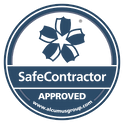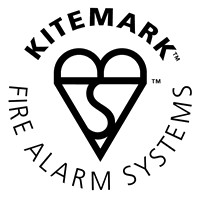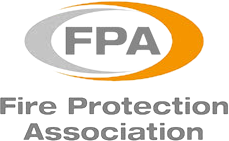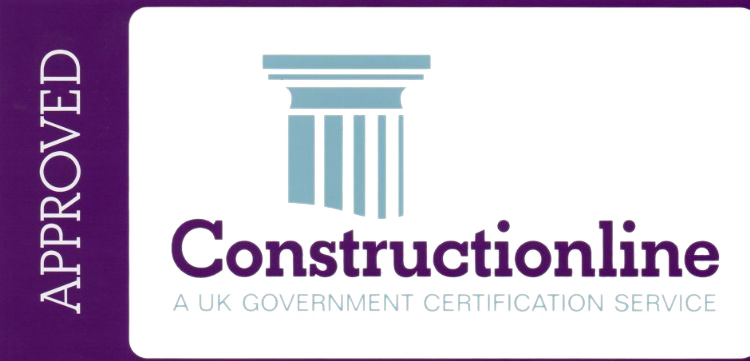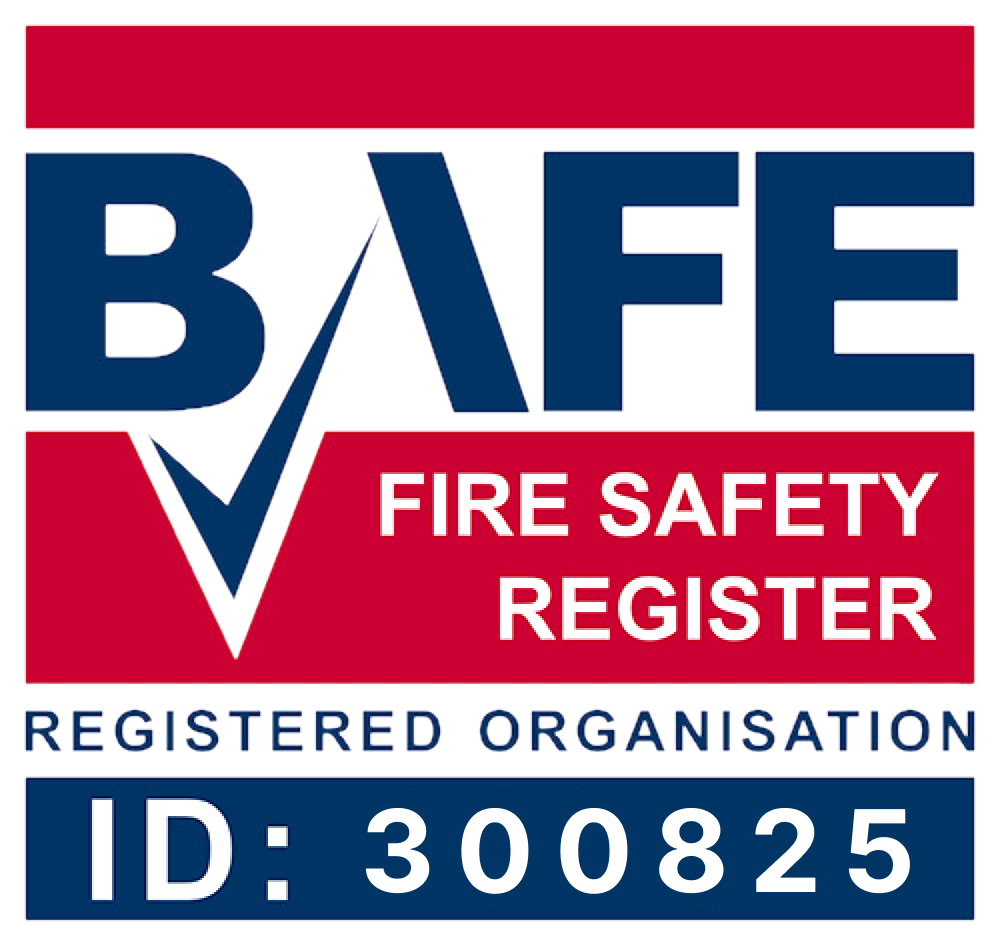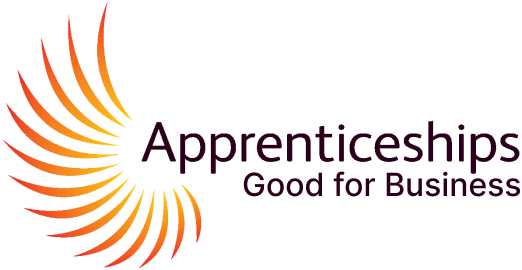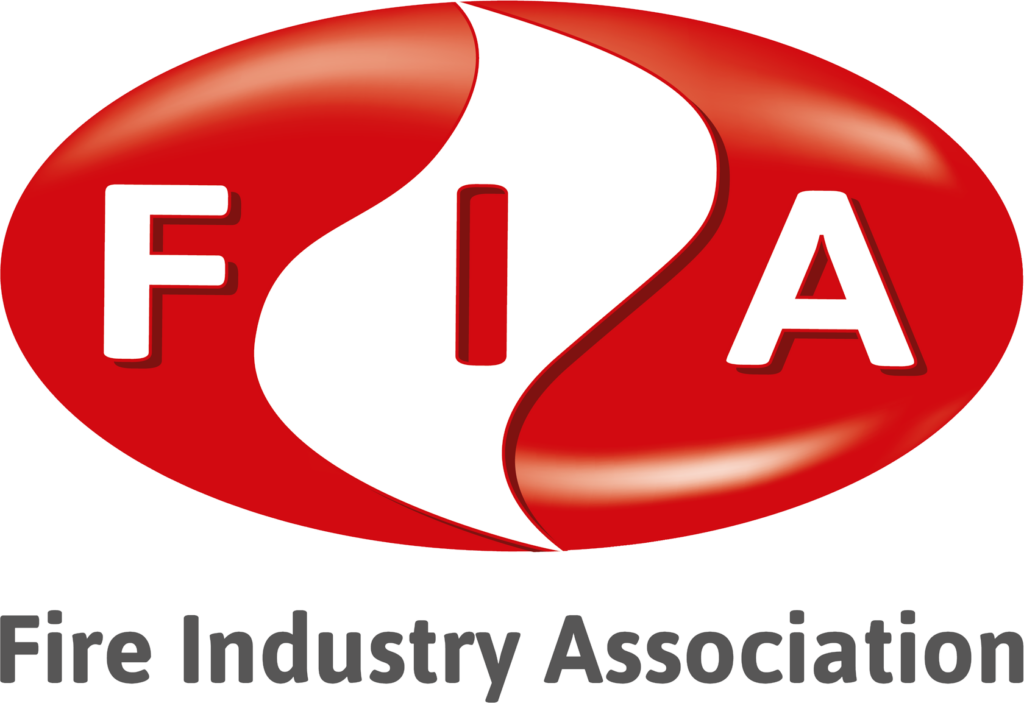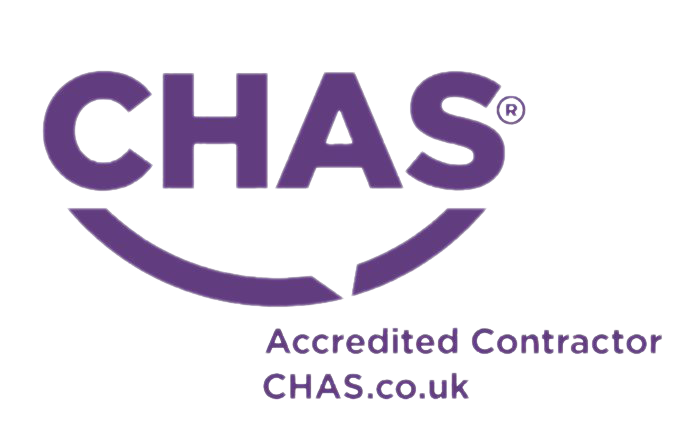Fire Log Book Explained
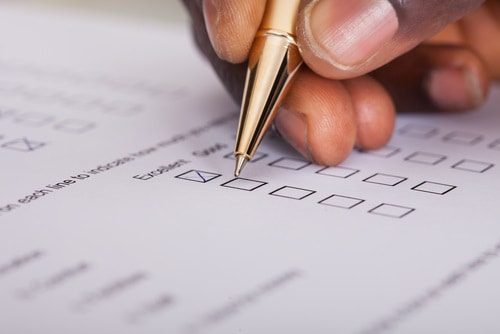
What is a Fire Safety Log Book?
A fire safety log book is essential for keeping important fire safety information in a building. It includes safety rules, procedures, updates, and maintenance. Each fire log book is customised for the specific business and building needs. Its main job is to help fire marshals, managers, service engineers, and fire officers quickly understand the fire safety plans. This ensures your business stays safe and follows fire regulations (Regulatory Reform (Fire Safety) Order 2005).
The fire log book and maintenance record must always be on-site. They prove that you’re following fire safety laws, filled out after inspecting, testing, and maintaining necessary items.
The fire safety log book should also be available for Fire Officer visits under the law and for employees and service engineers when needed. For specific item details, check the standards and manufacturer’s instructions.
What should be included in your fire safety log book?
The fire safety log book should record regular checks and record findings on:
- All escape routes are clear and the floor is in a good state
- All fire escapes can be opened easily
- You record any faults in systems and equipment
- All fire alarms are working
- The emergency lighting is working
- Fire doors close correctly and in good working order
- Fire exit signs are in the right place
- Training and Fire drill log
For more information download our quick Guide to Tests and Inspections.
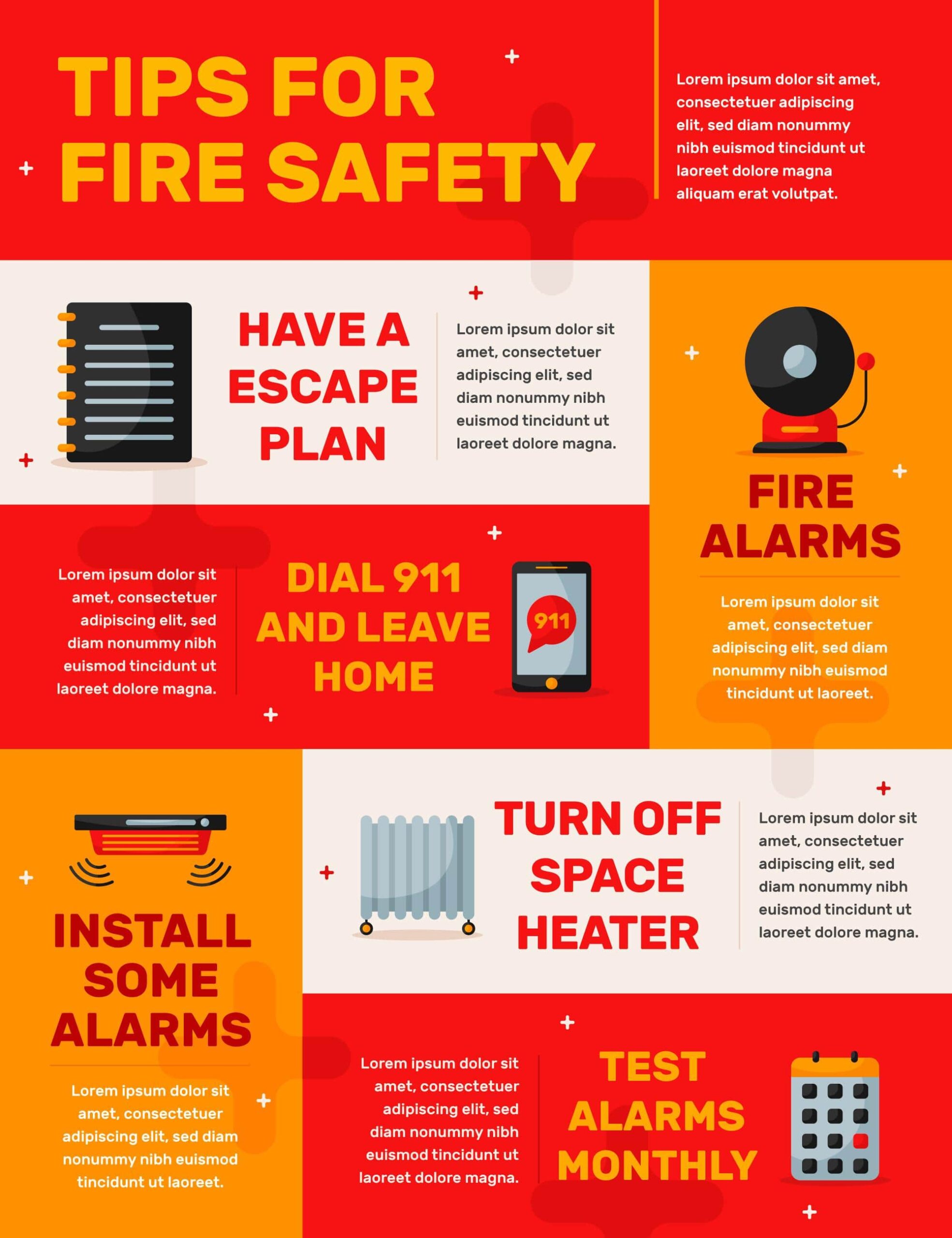

Escape Routes
Your fire safety log book must detail all escape routes from your business premises. These escape routes must be properly maintained and kept free from obstruction at all times.
Regular inspections are vital to make sure:
- All doors along escape routes must open easily without needing a key or special steps.
- Check that escape routes, like staircases, hallways, and doorways, are clear of any obstacles.
- Ensure that self-closing mechanisms on doors are working correctly.
- Check doors with automatic release systems are mentioned in your risk assessment, along with the fire alarm system (see section 2).
- Inspect walls, doors, floors, and windows that are meant to stop fire and smoke. Look for any issues like holes in walls or floors, damaged doors, or gaps in smoke seals around doors and frames.
NOTE: Before making any alteration to the internal layout of the premises, the fire risk assessment must be reviewed.
Fire alarms and detection systems
To warrant fire safety, the person in charge of the building, often called the “Responsible Person,” should choose someone qualified to maintain the fire system and the fire safety log book. This person should have proper training from the system’s manufacturer, supplier, or installer.
We need to perform certain tests and inspections regularly, in addition to those recommended by the manufacturer. Look at the Maintenance Schedule for how often to do these tests:
- Test the system every week at the same time, using a different call point each time. This way, we check all call points over time. Record which call point you check in this register.
- A qualified person should do a thorough check and trial every 6 months or as determined by a risk assessment. Follow the current standard, like British Standard BS5839 Pt1.
- If your building uses electrically controlled door release mechanisms connected to the fire alarm, check them weekly along with the fire alarm test. Also, manually trial them to ensure they work.
- Record every time the fire alarm goes off, even if it’s a false alarm. Note what caused it and what you did to prevent it from happening again. This helps manage the alarm system and assists service engineers during maintenance.
Important Note: If any maintenance makes the fire system inoperative for a while, it should be done when the building is empty unless temporary arrangements are in place.
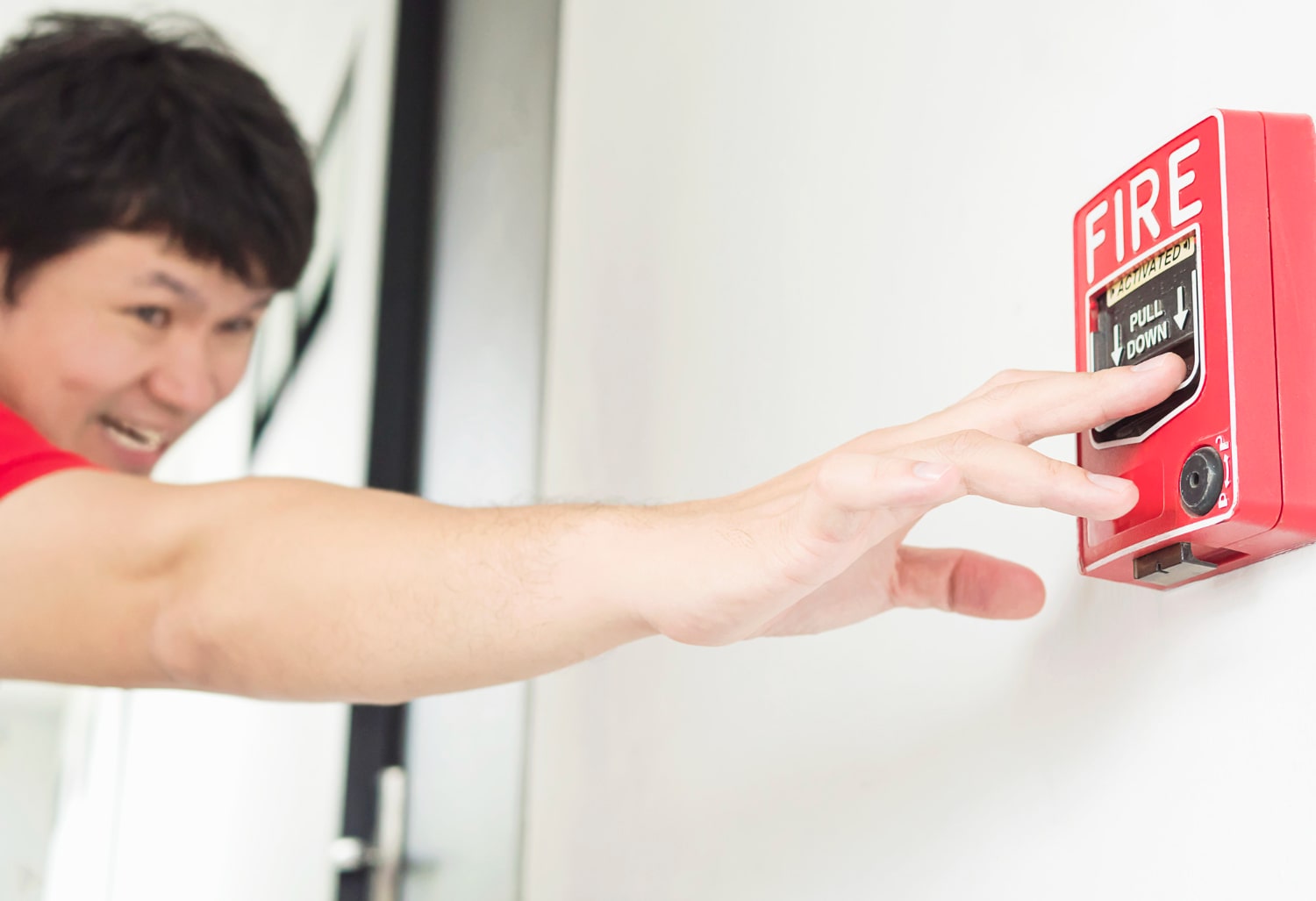
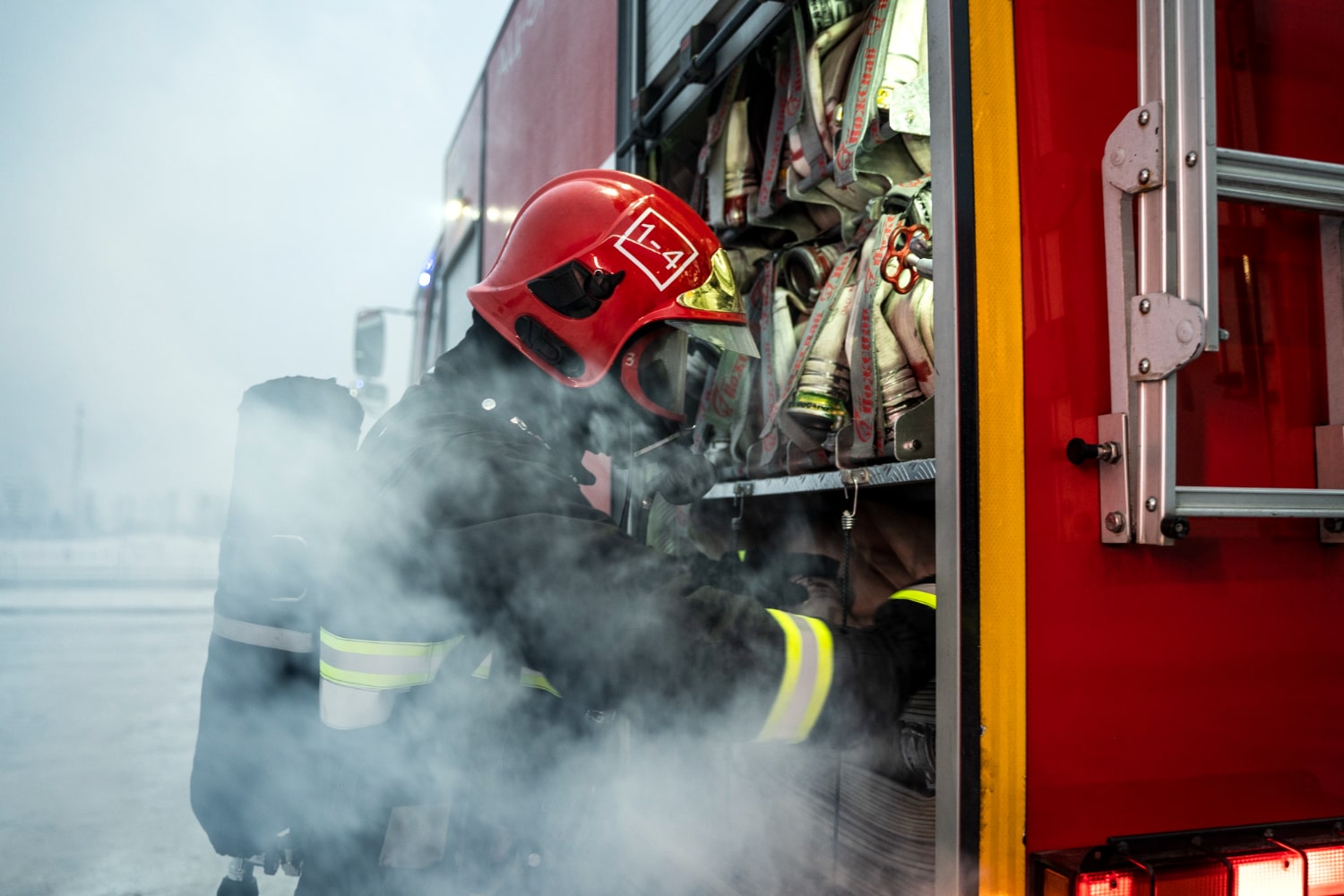
Fire Fighting Equipment
- Routine Inspection by User
- A regular inspection of all extinguishers should be carried out to ensure that they are in their appropriate position.
- Annual Inspection, service and maintenance
NOTE: Every year, a qualified person should inspect, service, and maintain portable fire extinguishers. They must follow the rules in the current standard called “Fire Extinguishing Installations and Equipment in Premises” (BS5306, Part 3) and the instructions from the manufacturer.
To show that the annual tests went well, you can either put a label on the extinguishers or keep a special record book just for this. Make sure each extinguisher has a number to identify it.
Emergency Lighting
Regular servicing of emergency lighting systems is essential. The responsible person for the premises should carry out or appoint a competent person to carry out the daily inspection detailed below and record the tests in the fire safety log book.
- The monthly function test can be carried out by a trained person. This simply involves switching on the lights for a short period to ensure they illuminate and switching them back off.
- The annual discharge tests should be carried out by a competent and suitably qualified electrical engineer in accordance with the current standard for Emergency Lighting, BS5266.
Important Note: If any maintenance makes the fire system inoperative for a while, it should be done when the building is empty unless temporary arrangements are in place.
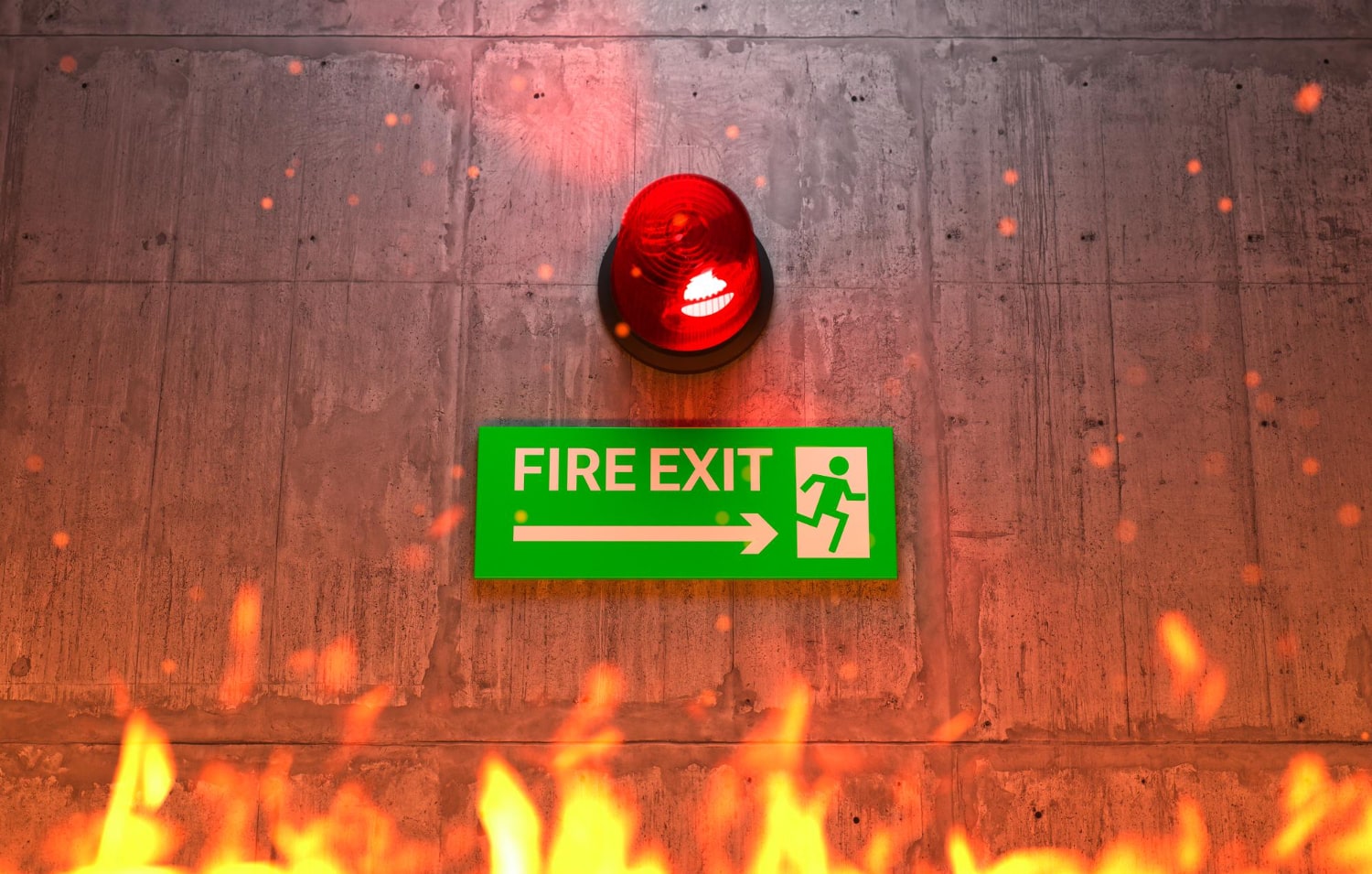
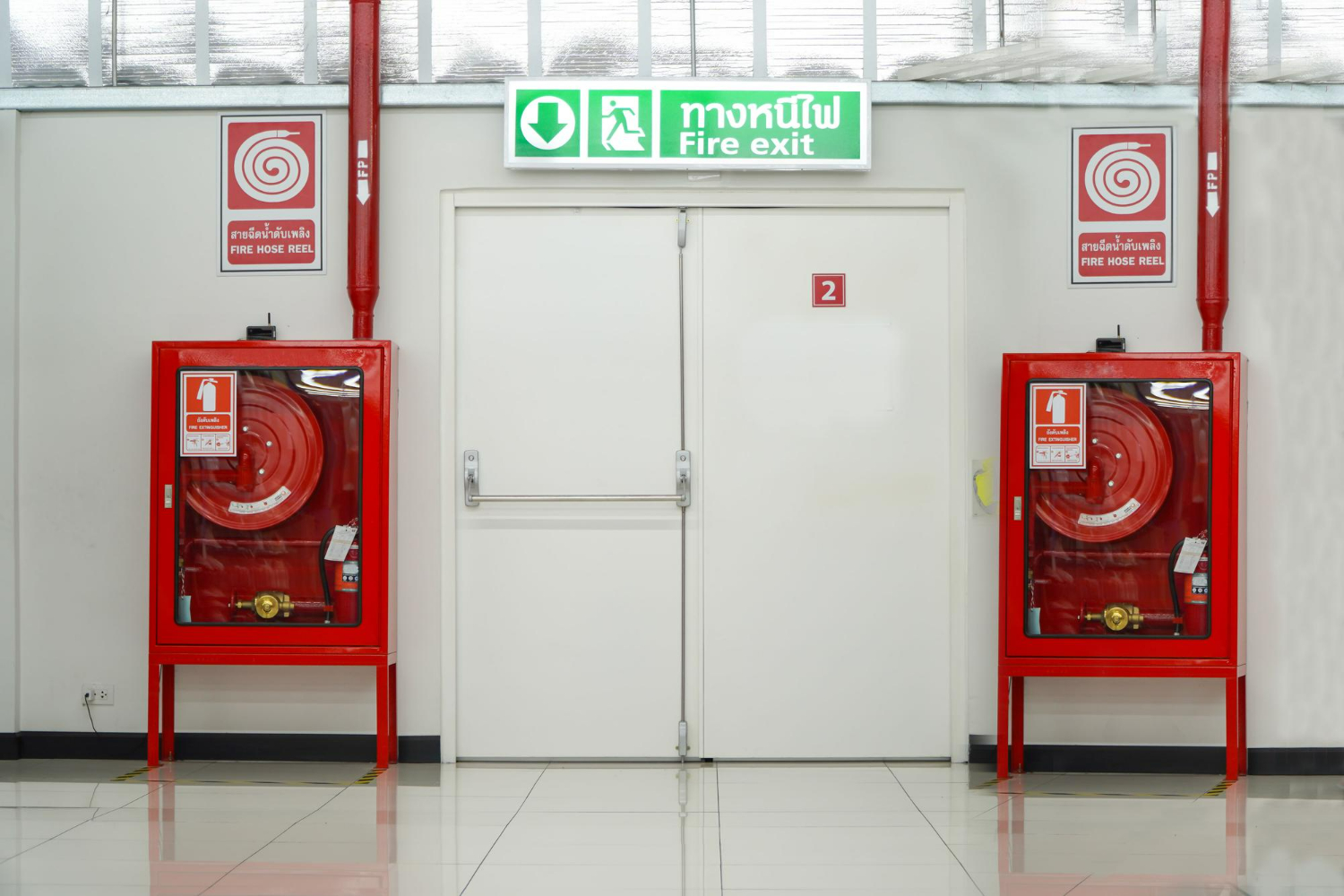
Fire doors
You should do regular checks on fire doors, at least every 6 months. If lots of people use the door, you might need to check it more often.
We have a checklist to help you make sure you check everything correctly.
Records of training and fire drills
It is recommended that fire evacuation drills be conducted at least once a year.
Everyone needs to know what to do if there’s a fire. This includes understanding how the fire detection system works and keeping escape routes clear by not storing flammable things there. Landlords should make sure common areas are safe too, with no flammable materials blocking escape routes.
All employees should be taught about fire rules and what to do if there’s a fire. If someone needs special help, we should think about that too.

Head Office
IQ Fire Solutions Ltd, 144 North Street, Romford Essex RM1 1DL, United Kingdom
Company Registration No
06577219
VAT Registration No
931 0720 61

